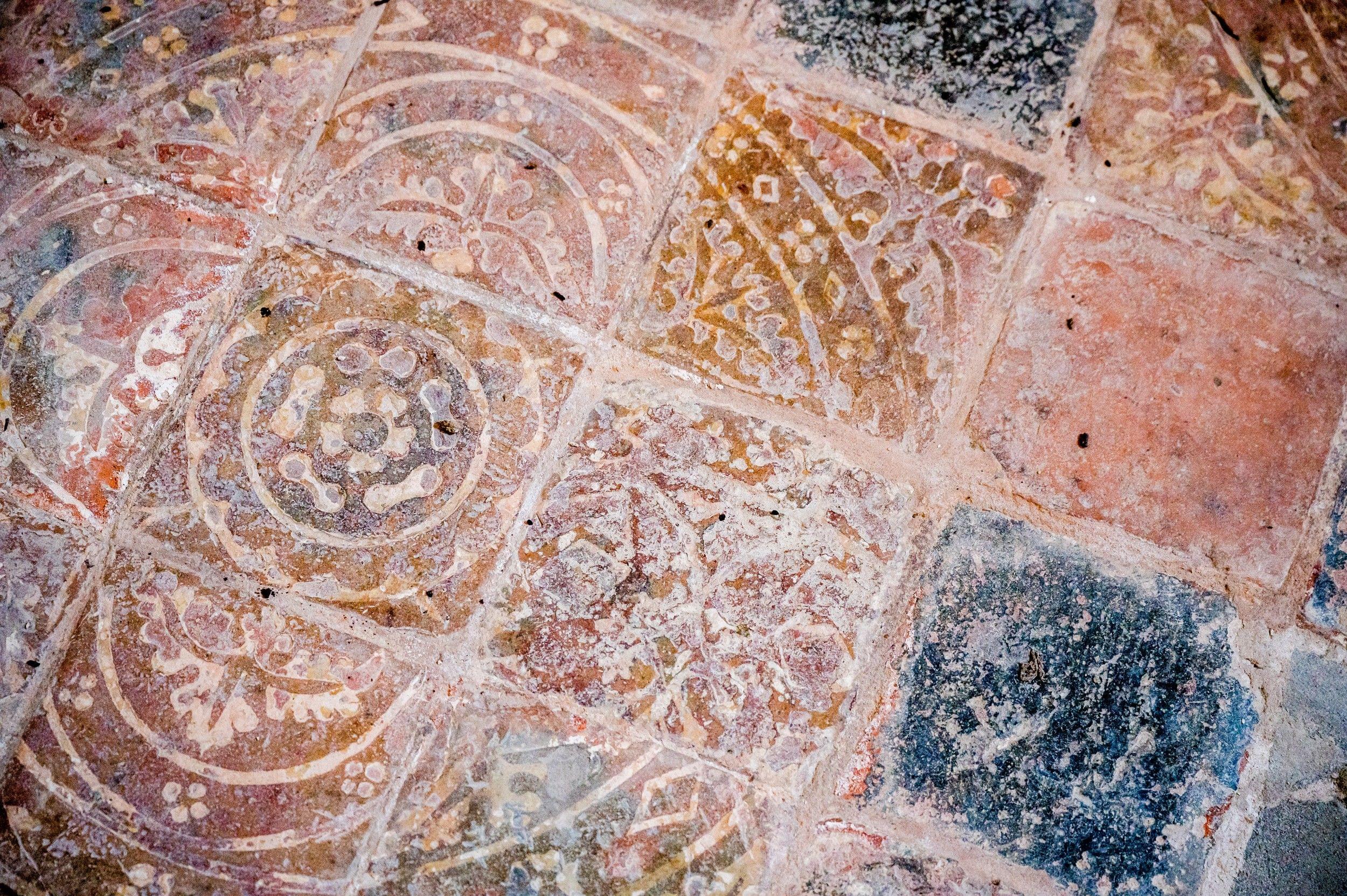St Dochdwy
Llandough (near Cowbridge), Glamorgan
A church at the centre of a pretty village outside Cowbridge with interesting features.

The medieval church of St Hilary.
Cowbridge, South Glamorgan
Heavily but sympathetically restored by the eminent architect Sir George Gilbert Scott in 1862, this large church retains a number of medieval features.
In the north wall of the nave are five steps which in preReformation times led to the rood loft which was illuminated by two (surviving) windows. The font is of early Norman design and is carved from a single block of local Sutton stone. A medieval holy water stoup is set into a recess close to the entrance door.
Lancet windows in the north and south walls of the chancel and the square headed priest’s door in the south wall are medieval survivals.
The effigy of a layman lies in a recess in the north wall of the nave. He is believed to be a member of the De Cardiff family, lords of the manor of St Hilary in the 12th and 13th centuries. Another effigy lies on a chest tomb in the south aisle. The figure wears full plate armour, and the inscription on the tomb reveals that this is Thomas Basset of Beaupre who died in December 1423.
Most of the stained glass in the church is Victorian, some of it designed by Sir George Gilbert Scott. St Hilary is depicted in the glass of the west window.
Llandough (near Cowbridge), Glamorgan
A church at the centre of a pretty village outside Cowbridge with interesting features.
Llantrithyd, Glamorgan
Next door to the ruins of Llantrithyd Place, the church has monuments of the Aubrey family.
Llantwit Major, Glamorgan
Known as the Westminster Abbey of Wales, St Illtud's is one of the oldest Christian sites in the UK.